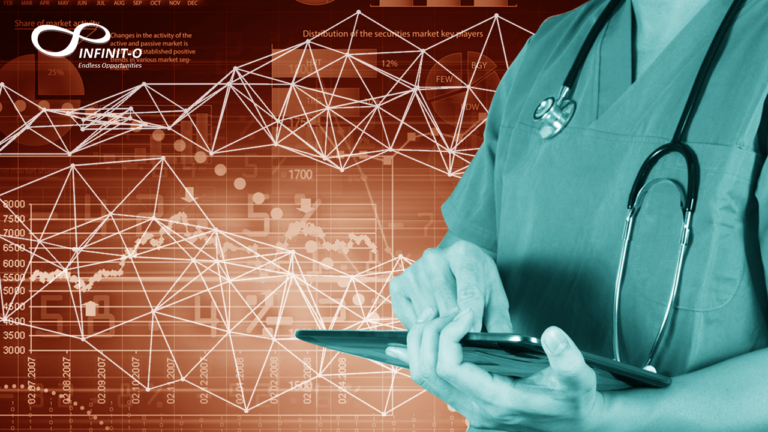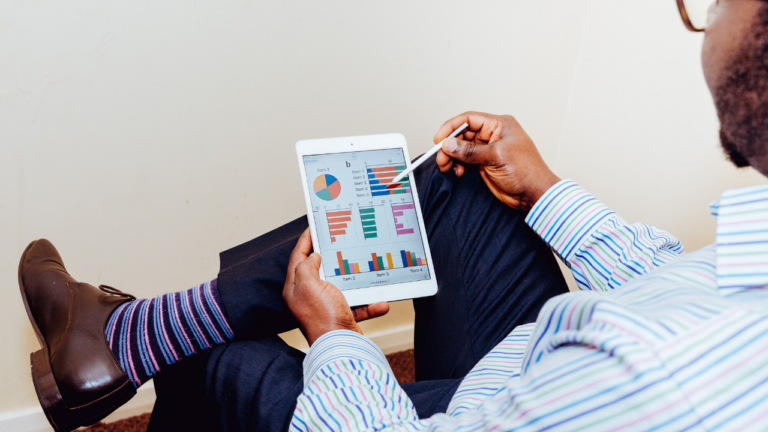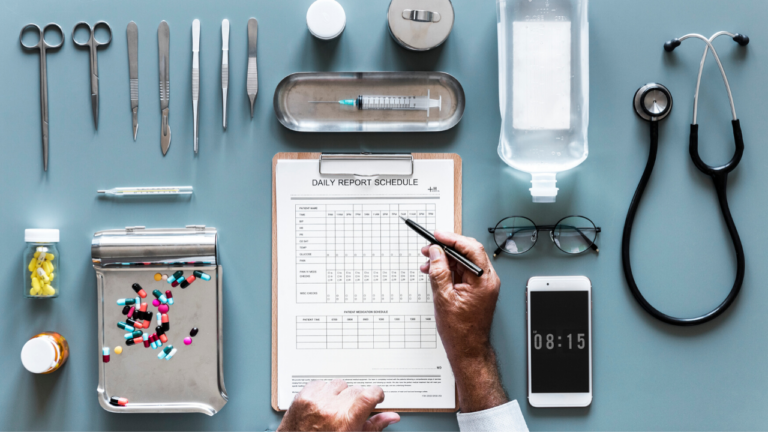6 Common Applications of Healthcare Data Analytics

With the innumerable documentation produced by hospital records, patient test results, and equipment logs, healthcare organizations have amassed a wealth of data that can be put into good use if analyzed properly.
While each piece of data won’t be useful on its own, you can stitch together disparate datasets and leverage them to see trends and patterns. From there, you can analyze the data further to create actionable insights, which can improve the quality of healthcare provided to patients or improve process workflows.
However, these can only be possible if your organization invests in its healthcare data analytics infrastructure. If you need more convincing, here are some other healthcare data analytics applications that can benefit your organization.
6 Common Applications of Healthcare Data Analytics
Analyzing your company’s data can have far-ranging benefits for your organization as well as the patients under your care. Here are six examples of the benefits of investing in healthcare data analytics.
1. Healthcare dashboards and reports
It can get challenging to run a healthcare business, as the high volume of data to analyze can overwhelm even the most committed professionals. This is why organizations are now organizing data from different sources into one central dashboard to simplify their workflows.
This dashboard may contain important metrics such as the number of current patients, room occupation rates, and the average waiting time needed to provide patient care. Moreover, you can leverage administrative data like staffing, inventory, and physician allocation to help top management quickly identify chokepoints in operations and decide a course of action.
2. Patient-staffing predictions
Patient-staffing prediction is a delicate balancing act between efficiency and manpower. If there are too many workers present in low-demand hours, you run the risk of incurring unnecessary labor costs. If you have very few workers in high-demand hours, then you could see your patient satisfaction score plummet. Worse, being accommodated on time can be a matter of life and death to some patients.
With healthcare data analytics, an organization’s archive of admission records can be analyzed to determine patterns in patient demand. An outsourced team of healthcare specialists can help you look into these patterns and come up with reliable predictions, which can help your staff efficiently manage their shifts to address the fluctuating demand.
3. Telemedicine
With the power of the internet, healthcare providers can now deliver remote clinical services like consultations, diagnosis, and monitoring to patients via video conferencing. To provide a better quality service to patients, you can leverage insights from your healthcare data analytics to diagnose patients more accurately and help formulate the best treatment plans based on patient records and historical trends of similar cases.
Read: Telemedicine and its Impact to the Healthcare Industry
4. Electronic health records
One of the most obvious applications of big data in the healthcare industry is creating electronic healthcare records. Knowing your patient’s medical history, test results, and allergies helps improve patient care. You can also collect your patients’ health records and arrange them by their demographics to help you predict trends and act accordingly.
Read: Improving EHR Services with a Healthcare Solutions Partner
5. Early detection of chronic diseases
Healthcare data analytics can efficiently uncover patterns by analyzing a large amount of unstructured data that healthcare professionals can use to determine the risk factors of specific demographics and social determinants associated with chronic diseases.

You can use this data to give preventative medicine to those most susceptible to diseases based on risk assessment scores, thereby reducing hospital admissions. Your organization can also use this data to prevent patient deterioration. For example, one healthcare company used a risk calculator of sepsis in preterm and newborn babies, which reduced the number of days infants spend in neonatal intensive care units.
6. Enhanced security and fraud detection
Healthcare fraud occurs when a person or an organization misstates or modifies medical records in hopes of monetary gain. According to one report, losses from healthcare fraud can range from $68 billion to $230 billion annually.
With healthcare data analytics powered by machine learning and big data, you can identify if the information the patient has given you lies outside of what is normal from the historical medical data that you’ve collected.
In fact, one organization has prevented more than $210.7 million in healthcare fraud from happening one year after using data analytics. It can also streamline the process of insurance claims, which will improve your patient satisfaction score.
Healthcare data analytics is the future of the industry
Technology and big data are changing the healthcare industry. However, it may get too complicated to start investing in the appropriate infrastructure for your healthcare data analytics program. To save time and up to 70% in operational costs, you should consider hiring outsourced healthcare analytics services from a globally trusted solutions partner.
Infinit-O has a proven track record in the field of data analytics. With access to highly skilled global talent and cutting-edge technology, we provide some of the best strategic solutions specifically designed for your healthcare business. We are ISO 27001 and 9001 certified, as well as GDPR, HIPAA, and DPA20212-compliant, so you can rest assured that your patients’ and organization’s data are safe with us.
Start small. Exceed expectations. Think infinitely. Think Infinit-O.







This site is protected by reCAPTCHA and the Google Privacy Policy and Terms of Service apply.